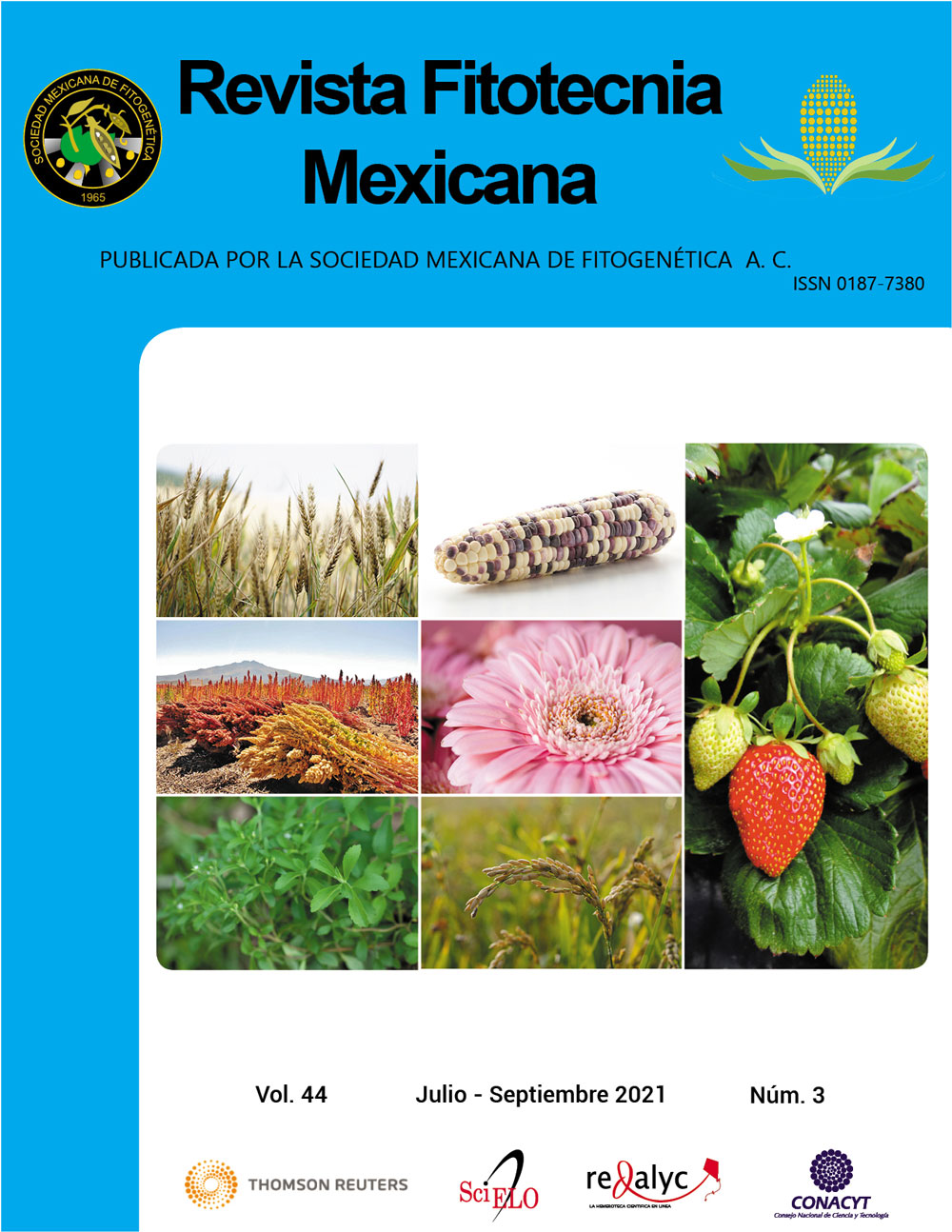TRANSGENE ACCUMULATION IN MEXICAN NATIVE MAIZE AND POSSIBLE CONSEQUENCES
Main Article Content
Abstract
It is known that Mexican native maize is contaminated by transgenes, but it is not known whether these transgenes damage the plants of this crop; thus, research is needed in this regard. This document provides some ideas on the problem, developed on the basis of literature, which indicate the risks for native maize if transgenics are grown commercially in Mexico. During transformation each of several transgenes are inserted randomly into loci on the same or on a different chromosome, creating different hybrids; in addition, tissue culture is used, thereby inducing gene and chromosomal mutations (somaclonal variation) that are transmitted along with the transgene. Planting these hybrids in the country might cause a massive flow of different transgenes to the various races of native maize through pollination. This transgene dispersion would cause a constant and increasingly intense accumulation of transgenes, imposible to eliminate, and of mutants through the process of crossing and meiotic recombination and would give raise to two types of dispersion: a) genomic individual transgene, and b) clusters of serially-linked transgenes. With the emergence of epigenetics, gene silencing is now known, and one of its causes, homology, is favored by the increase in transgenes, with the consequent damage to plants, since it allows homozygosity of lethal recessive alleles and non-viability of individuals. This would occur in each crop generation and populations would gradually degrade and lose productive and reproductive capacity until they succumb. Mexico would be left with practically no native maize and it would have to import and grow transgenic crops to produce the grain required for national consumption; with this, the traditional Mexican cuisine would be affected. The best and perhaps the only way to prevent this outcome is to plant absolutely no transgenic maize in Mexico.

